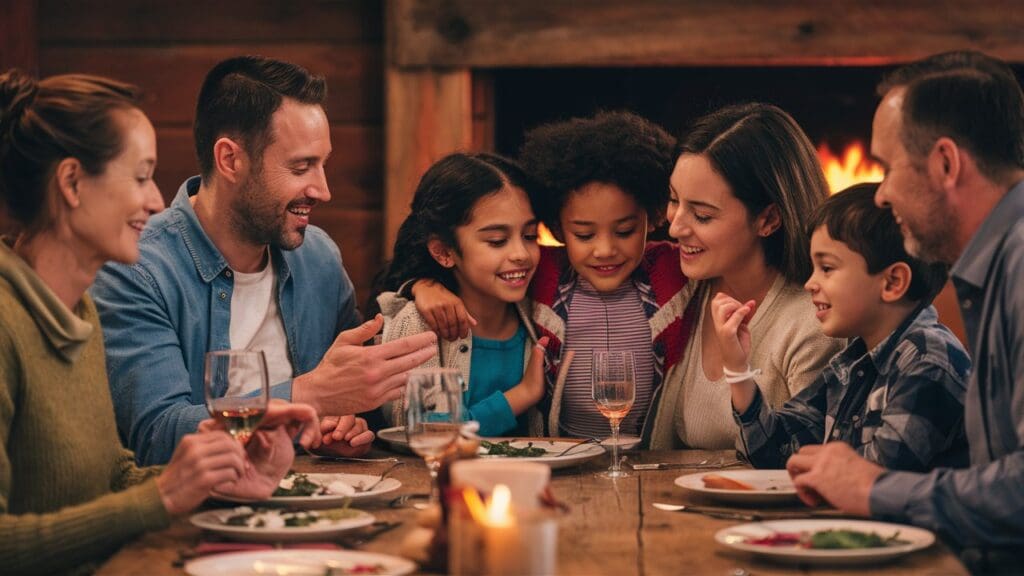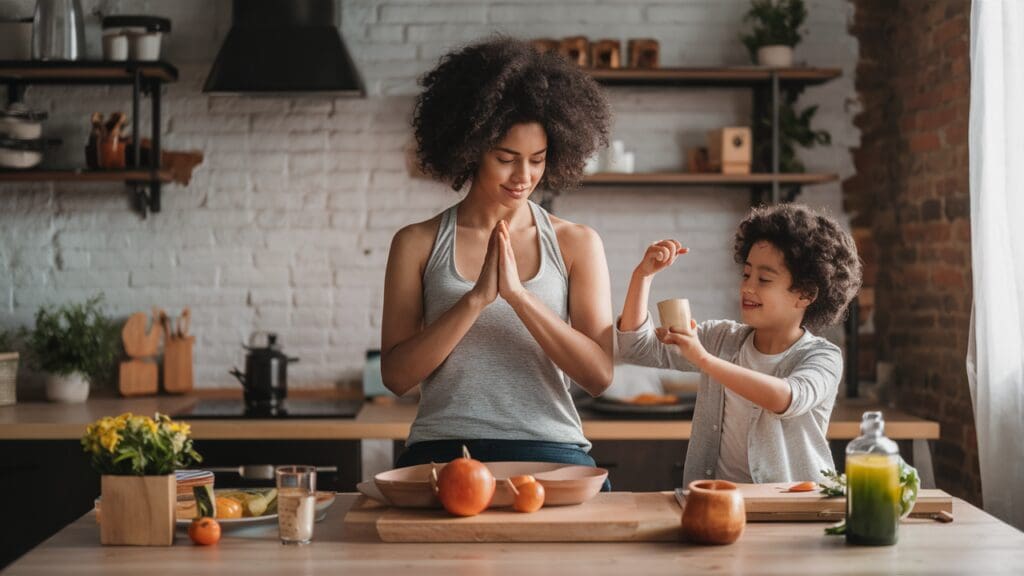15 Brilliant Ways to Boost Body Confidence for Kids
In today’s image-focused world, helping our children build a healthy relationship with their bodies is more important than ever. Whether it’s comparing themselves to others at school, on social media, or in cartoons, kids receive constant messages about what their bodies should look like.
As parents, we have the unique opportunity to shape how they view themselves—not just physically, but emotionally. Let’s explore 15 ways you can support body confidence for kids in your home, starting today.
Heads up: This post may include affiliate links. As an Amazon Associate, I earn from qualifying purchases—at no extra cost to you. Full privacy policy and disclosure here.

1. Model Body Positivity Yourself
Your kids watch how you talk about your own body. Avoid phrases like “I feel fat” or “I need to lose weight.” Instead, say things like:
- “I’m proud of how strong my legs are.”
- “My body helps me do things I love, like hiking and playing with you.”
📚 Try reading “Your Body is Awesome” on Amazon with your child for a fun, educational intro to body positivity.
2. Talk About What Bodies Can Do, Not Just How They Look
Celebrate what your child’s body is capable of:
- Running fast
- Drawing pictures
- Giving warm hugs
Remind them: our bodies are tools, not decorations.
3. Encourage Creative Expression
Art, dance, music, and imaginative play allow kids to connect with their bodies in joyful, non-judgmental ways. You might try:
- Kids’ yoga cards (like these on Amazon)
- Free drawing time with washable markers
- Family dance parties in the living room
🎨 Letting go of perfectionism builds confidence from within.
4. Teach the Power of Positive Self-Talk
Help your child notice their inner dialogue. Phrases like “I’m not good enough” or “I’m too short” can be replaced with:
- “I am learning.”
- “I’m unique and that’s awesome.”
🔗 Need inspiration? Try these encouraging words for kids to start building your child’s positive self-image today.
5. Use Words of Affirmation Regularly
A steady stream of loving, empowering phrases works wonders. Examples:
- “I love your creativity.”
- “You are more than how you look.”
🧠 Check out these powerful words of affirmation for children to build a daily routine of self-love.
6. Limit Exposure to Harmful Media
Monitor the shows, ads, and influencers your child consumes. Choose diverse, body-positive media instead:
- Books that feature characters of all sizes and abilities
- Cartoons without focus on appearance
📺 Outbound: Common Sense Media is a great resource for parent-friendly media reviews.
7. Read Books That Promote Body Confidence
Books are powerful tools for shifting mindset. A few great ones include:
These stories open the door to conversations around body confidence for kids in a playful way.
8. Talk About Boredom Without Shame
When kids are bored, they may turn to screens, snacks, or self-critical thoughts. But boredom can be good!
👉 Here’s why it’s totally okay for kids to be bored—and how it helps them reconnect with their bodies and minds.
9. Practice Mindful Movement
Gentle movement helps kids tune into their bodies without pressure. Try:
- Nature walks
- Family stretching routines
- Freeze dance games
🧘♀️ This helps kids feel good in their bodies—not just focus on how they look.
10. Compliment Who They Are, Not Just Their Looks
Instead of “You look so pretty,” try:
- “You were so kind to your brother today.”
- “I’m proud of how hard you worked.”
This encourages value beyond appearance.
11. Create a Family Mantra Around Body Respect
Repeat a simple phrase daily like:
- “All bodies are good bodies.”
- “Strong. Capable. Loved.”
Need ideas? These parenting mantras can help you stay intentional.
12. Avoid Body-Related Teasing
Even “jokes” can sting. Make your home a zero-body-shaming zone. Teach siblings the same.
13. Celebrate Progress, Not Perfection
If your child is learning a new skill, focus on effort:
- “I saw how hard you tried!”
- “Look how much you’ve improved!”
This builds resilience and confidence in the face of challenges.
14. Help Shy Kids Find Their Voice
Body confidence is tied to overall self-confidence. If your child struggles to speak up, here’s how to make your shy child more confident in everyday situations.
15. Be a Safe Space for Big Feelings
Let your child know it’s okay to feel insecure sometimes. Offer hugs, validation, and space to talk.
🎁 Bonus Tool: This affirmation card deck for kids is great for daily confidence boosts.

📚 FAQ: Body Confidence for Kids
What is body confidence in children?
It’s the belief that their body is good as it is—strong, worthy, and unique. It’s not about appearance, but how they feel in their own skin.
What causes low body confidence in kids?
Common causes include negative self-talk, bullying, critical adults, or exposure to unrealistic body ideals in media.
How can I help my child feel better about their body?
Encourage positive self-talk, limit screen exposure, model body respect, and validate their emotions.
What books help with body confidence for kids?
Great picks include “I Like Myself!”, “Stand Tall, Molly Lou Melon,” and “Bodies Are Cool.”
At what age should I start these conversations?
Early and often—starting around age 3. Use age-appropriate language and books to make it approachable.
🧠 Final Thoughts: Every Body is Worthy
Building body confidence for kids doesn’t happen overnight—but every small step matters. From how we speak to the media we choose, your everyday actions make a powerful impact.
📌 Save This Post for Later
💬 Join the Conversation
What’s something you say to your child to build their confidence? Share your parenting mantra in the comments!
